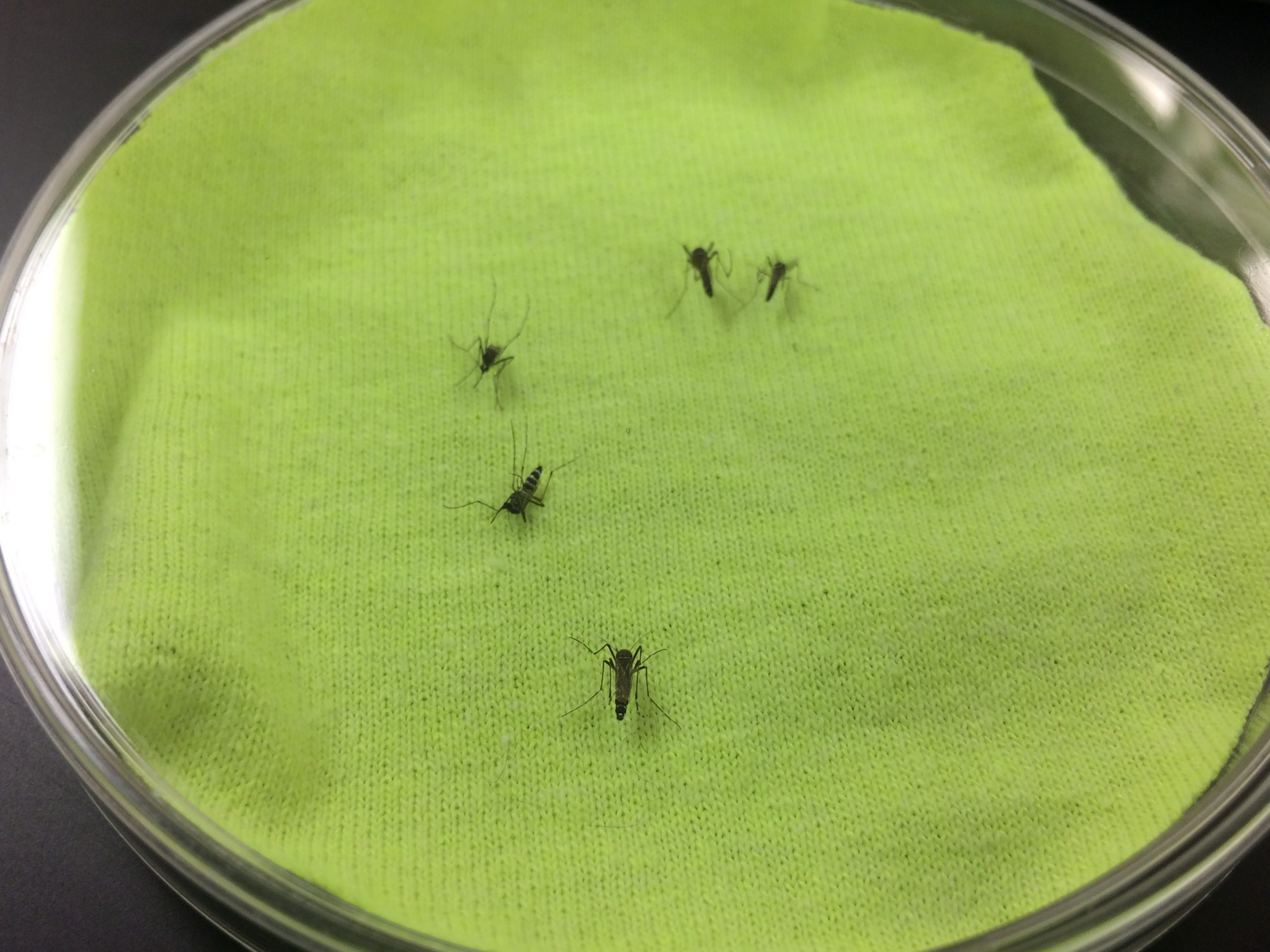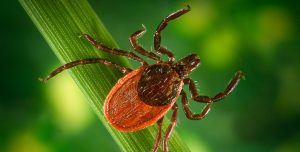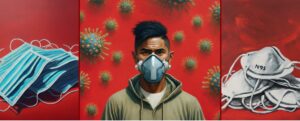Richards SL, Agada N*, Balanay JG and White AV (2018). Permethrin Treated Clothing to Protect Outdoor Workers: Evaluation of Different Methods for Mosquito Exposure Against Populations of Differing Resistance Status. Pathogen and Global Health 112(1): 13-21. doi: 10.1080/20477724.2018.1437692.
Abstract
Minimizing arthropod exposure (e.g. mosquito and tick bites) is vital to protect health of outdoor workers. Personal protective measures can help protect against exposure. Here, the quantity of permethrin was evaluated for different fabric types after washing. Cone and petri dish exposure assays were used to investigate the knockdown/mortality of permethrin-susceptible and permethrin-resistant populations of mosquitoes. Permethrin-treated clothing was effective against the tested mosquito population that was susceptible to permethrin but not a permethrin-resistant population. Permethrin quantity was significantly highest in the 100% cotton fabric and for the 0 wash group. Permethrin quantity in fabrics decreased with washing. No significant differences (p > 0.05) were observed in knockdown/mortality rates for either exposure method. The protective effect of permethrin-treated clothing against mosquitoes is impacted by many factors, e.g. wash frequency, fabric type, and the susceptibility/resistance status of local mosquito populations.
*Nwanne Agada is a 2017 graduate of our MS Environmental Health program.




